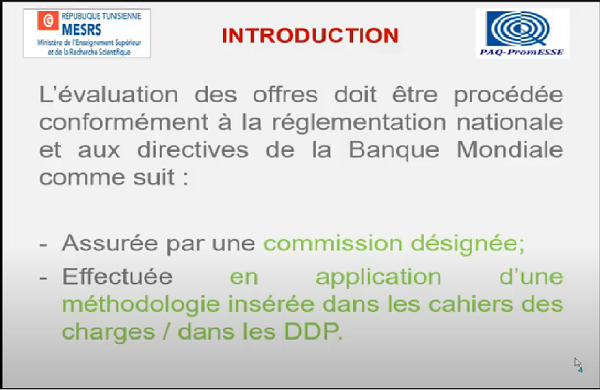What Is the QBI Tax Deduction and Who Can Claim It?
Content
- People with qualified REIT dividends or PTP income
- Partners and S-Corporation Owners
- Step 1: What was your total taxable income for the tax year?
- The Qualified Business Income (QBI) Deduction
- If you’re over the income limit
- Corporate Taxation: How an S-Corp is Taxed
- Self-Employment Tax: What It Is, How To Calculate It

This component of the deduction equals 20 percent of QBI from a domestic business operated as a sole proprietorship or through a partnership, S corporation, trust, or estate. It may also be reduced by the patron reduction if the taxpayer is a patron of an agricultural or horticultural cooperative. This break is available to eligible individuals, estates and trusts with income https://kelleysbookkeeping.com/ from qualifying pass-through entities. S corporations and partnerships generally aren’t taxpayers and, therefore, can’t take the deduction themselves. The same is true for LLCs that are treated as partnerships for tax purposes. The 2017 Tax Cuts and Jobs Act introduced a deduction for qualified business income that provides a significant tax break to many business owners.
The regulations also provide rules for how businesses can calculate the W-2 wage and property basis limitations that are imposed on the QBI deduction. The QBI deduction is a personal write-off that you can claim whether you take the standard deduction or itemize personal deductions. The QBI deduction does not reduce business income or have any impact on self-employment tax for owners who are treated as self-employed individuals. You get this special tax break, called the qualified business income deduction , simply by qualifying for it due to the nature of your business and your business income. The qualified business income deduction by definition applies to « qualified business income, » or QBI.
People with qualified REIT dividends or PTP income
Ultimately, a pass-through business is an entity for which separate tax filings are not required. In other words, the company’s profits or losses are passed through to the individual owners, who are required to report income and pay taxes on that income at their personal tax rates. The QBI deduction applies to qualified income from sole proprietorships, partnerships, limited liability companies How To Get A Qualified Business Income Deduction that are treated as sole proprietorships or as partnerships for tax purposes, and S corporations. The deduction is subject to the limitations explained below, which begin to phase in when an individual’s taxable income exceeds $157,500 or $315,000 for a married joint-filer. The limitations are fully phased in when taxable income exceeds $207,500 or $415,000 for a married joint filer.
- Click here to read our full review for free and apply in just 2 minutes.
- Some types of businesses, called specified services trades or businesses , may not be eligible for the entire QBI deduction if the incomes of the owners are above certain limits, which change every year.
- You get this special tax break, called the qualified business income deduction , simply by qualifying for it due to the nature of your business and your business income.
- However, some businesses might face a limited deduction.
- For partners, consider switching from guaranteed payments, which don’t qualify, to preferred returns, which do.
It does not include certain types of investment-related items. If you are in an SSTB but your taxable income is below the limit discussed earlier, you get the full QBI deduction like any other business owner. The sum of 25% of the W-2 wages plus 2.5% of the unadjusted basis of all qualified property. You can choose whichever of these two wage tests gives you a greater deduction. If your taxable income is less than these amounts, you don’t have to calculate the limitation.
Partners and S-Corporation Owners
However, the corporate tax rate was permanently lowered under the Tax Cuts and Jobs Act to 21%, so C corporations effectively received tax relief separate from the QBI deduction. If your business is an SSTB and your total taxable income is between $170,050 and $220,050 ($340,100 and $440,100 if married filing jointly), then continue to the next step to calculate your limited deduction. Whatever your QBI deduction turns out to be, it can’t be more than 20% of your taxable income without the QBI deduction. You just have to run the numbers to determine the qualified business income deduction.
How do I get a QBI deduction?
How to qualify for the QBI deduction. If your total taxable income — that is, not just your business income but other income as well — is at or below $170,050 for single filers or $340,100 for joint filers in 2022 you may qualify for the 20% deduction on your taxable business income.
Compensation may impact the order of which offers appear on page, but our editorial opinions and ratings are not influenced by compensation. Dan has more than 20 years of experience working with closely held companies and their families and has specialized knowledge in the advanced manufacturing and distribution industries. He helps support clients by evaluating the risks of various tax positions and options so they can make informed decisions. That sometimes leads us to generalize in our educational content. And if you’re looking for simpler explanations of complicated tax topics, our Keeper tax assistants are here for you!
Step 1: What was your total taxable income for the tax year?
The deduction for contributions to a self-employed SEP, SIMPLE, or other qualified retirement plan. Many or all of the products here are from our partners that compensate us. But our editorial integrity ensures our experts’ opinions aren’t influenced by compensation.




